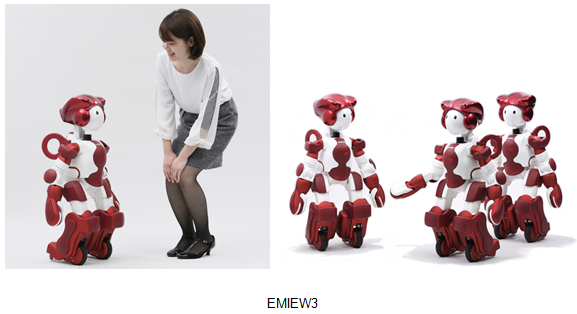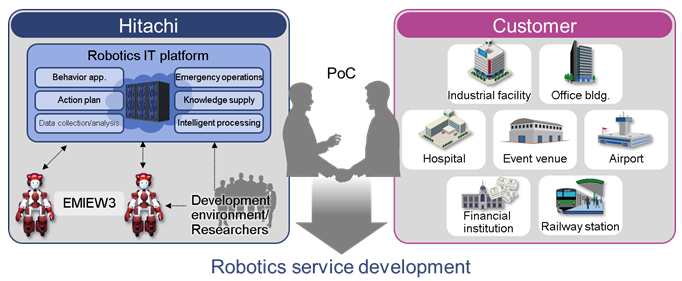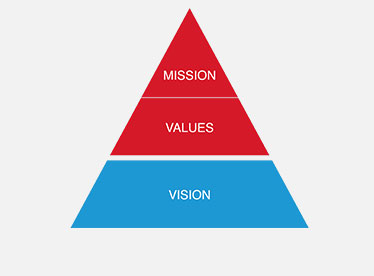-
Products
-
Transportation & Mobility Solutions
Transportation & Mobility Solutions
At Hitachi, we engineer industry-leading transportation and mobility solutions by leveraging decades of knowledge and using high-quality automotive material and components.
-
Energy Solutions
Energy Solutions
We believe the only solution for fulfilling the growing power requirements of industries and society is through a comprehensive portfolio of sustainable energy solutions and delivering innovative high-efficiency energy systems.
-
IT Infrastructure Services
IT Infrastructure Services
Hitachi’s state-of-the-art IT products and services are known to streamline business processes which result in better productivity and a higher return on investment (ROI).
-
Social Infrastructure: Industrial Products
Social Infrastructure: Industrial Products
Within the industrial sector, Hitachi is consistently delivering superior components and services, including industrial and automation solutions, useful in manufacturing facilities.
-
Healthcare & Life Sciences
Healthcare & Life Sciences
At Hitachi, we believe that healthcare innovation is crucial to a society’s advancement. A strong healthcare sector is often considered an inseparable element of a developed society.
-
Scientific Research & Laboratory Equipments
Scientific Research & Laboratory Equipments
Hitachi focuses on extensive research and development, transformative technology, and systems innovation to unfold new possibilities and create new value through scientific endeavors that strengthen the connection between science and social progress.
-
Smart Audio Visual Products
Smart Audio Visual Products
Since 1956, Hitachi audio visual products have provided state of the art solutions to consumers all over the world. It has been our pleasure to design competitive products at the lowest possible prices while maintaining our industry-leading quality standards for your comfort and enjoyment.
-
View All Products
Hitachi Products & Solutions
Hitachi, a technology leader in the U.S., offers a diverse set of products and solutions, and breakthrough technologies for smart manufacturing, green energy and mobility solutions that empower governments, businesses, and communities.
-
Transportation & Mobility Solutions
- Social Innovation Solutions
-
About Us
-
Hitachi in the U.S.A.
Hitachi in the U.S.A.
Discover information about the Hitachi group network across the Americas, upcoming events and sustainability endeavours, CSR policies, and corporate government relations.
-
About Hitachi Group
About Hitachi Group
Explore our leadership team, investor relations, environmental vision, and sustainability goals. Learn how Hitachi is leveraging its research & development capabilities for social innovation across industry verticals.
-
Hitachi in the U.S.A.
- News Releases
- Case Studies
- Careers
- R&D
Humanoid Robot “EMIEW3” and Robotics IT Platform for Customer Services
Commence proof-of-concept with customers

Tokyo, April 8, 2016 – Hitachi, Ltd. (TSE: 6501) today announced the development of “EMIEW3,” a humanoid robot, and its “remote brain”*1 robotics IT platform. EMIEW3, capable of autonomously approaching customers requiring assistance, was developed to provide necessary services and guidance in stores and public facilities. Enhanced by the “remote brain” consisting of a robotics IT platform connected to cloud-based intelligent processing systems and a remote operation system to monitor and control multiple robots at various locations, EMIEW3 is able to provide high quality services. Using the EMIEW3, robotics IT platform, and ‘developers/operators’ package, Hitachi together with customers, will commence proof-of-concept (PoC) on new robot services for various situations and environments.
Since the announcement of “EMIEW” in 2005, Hitachi has continued to develop human symbiotic robots that can safely co-exist with humans, providing robot-based services with advanced communication capabilities. Using EMIEW2, first announced in 2007, Hitachi developed functions necessary for customer and guidance services, and demonstrated capabilities which include autonomous mobility at a brisk human walking pace, isolation of human voice from background noise, accessing information from the Web to identify objects and using indoor network cameras as “eyes” to locate objects. More recently, artificial intelligence technology was applied for functions requiring advanced intelligent processing such as for dialogue with appropriate response to questions posed in different forms and predictive function to avoid collision with moving objects which may suddenly appear from blind angles.
Equipped with the various functions developed to date for EMIEW2, the newly developed EMIEW3 is further enhanced with functions to efficiently provide customer and guidance services such as the ability to identify a person requiring assistance, autonomously approach a person and initiate customer services, share information with other EMIEW3 units to ensure smooth service continuation, and if knocked over, to resume a standing position.
Functions achieved with EMIEW3 and the robotics IT platform, are as described below:
1. High activeness based on intelligent processing by the remote brain
A remote brain configuration was used to conduct intelligent processing such as on voice, image and language outside of the robot to enable high quality customer and guidance services. For example, by linking human movement and network cameras for environmental recognition, the robot can identify customers requiring support and autonomously initiate customer services. Further, the voice and language processing technology allows voice to be recognized and translated even with background street noise, thus supporting business in communities with a large number of tourists.
2. High operation availability of robot services
The remote operation system which monitors and controls multiple robots at different locations allows information to be shared between multiple robots and enables smooth transfer of services. Further, in the event of robot failure, restoration instructions can be sent from a remote location to quickly resume services, thus improving the operation availability of robot services.
3. High mobility robot body capable of various services
The practical features previously developed with EMIEW2 for indoor services are kept in EMIEW3 such as its compact height of 90cm, portable weight of 15kg, ability to keep pace with humans adjusting speeds up to a max. of 6km/h and overcome differences in floor levels up to 15mm. In addition, a new ability to resume a standing position if knocked over, has been embedded in EMIEW3.
Using the EMIEW3 and robotics IT platform, Hitachi together with customers will commence demonstration experiments in robot services. To realize practical robot services that will contribute to the advancement of society and business, Hitachi will employ processes such as Hitachi’s original collaborative creation method, NEXPERIENCE,*2 sharing customer challenges and creating solutions together with customers, and open innovation with partners worldwide.

*1 An approach commonly employed in robotics. Functions requiring real-time processing are conducted on the robot side, and those that do not, are conducted on an external system
*2 Hitachi’s original systematized customer collaborative creation process with unique methodologies, tools, and spaces. 15 October 2015 news release “Hitachi Establishes NEXPERIENCE for Accelerating Social Innovation Business” <http://www.hitachi.com/New/cnews/month/2015/10/151015.html>
Hitachi Research Highlights: Robotics website
http://www.hitachi.com/rd/portal/highlight/robotics/index.html






